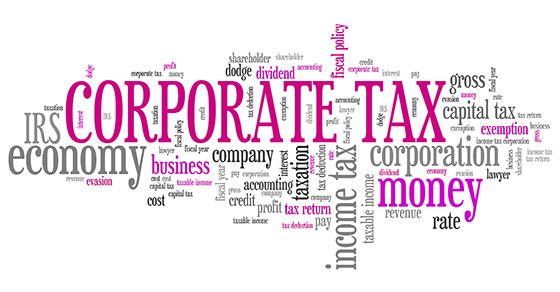
Does your company have policies in place regarding the use of hedging transactions by company insiders? Final Securities and Exchange Commission (SEC) guidance will soon require public companies to disclose whether their officers, employees and directors are allowed to offset a decrease in the market value of the company’s stock. Here’s what you should know to provide up-to-date disclosures.
Hedging concerns
Starting in the 1980s and 1990s, many companies adopted stock-compensation programs to help align the financial interests of executives and other company insiders with those of public shareholders. However, in the years leading up to the 2008 financial crisis, the growing prevalence of hedging instruments made many investors suspect those common interests had eroded.
Critics said a short-sale hedge could protect an executive, employee or director who receives stock incentives against a subsequent drop in the stock price. Similarly, selling a stock future increases the value of the insider’s position as the stock price drops.
Disclosure requirements
SEC Release No. 33-10593, Disclosure of Hedging by Employees, Officers, and Directors, was issued on December 20, 2018. Mandated by Section 955 of the Dodd-Frank Act, the rule amends Item 402 of Regulation S-K under the Securities Act of 1933.
The new rule doesn’t direct companies to establish policies regarding hedging. Rather, it requires a company to describe any policies it has adopted regarding the ability of its employees (including officers) or directors to purchase financial instruments that hedge or offset any decrease in the market value of equity securities granted as compensation, or held directly or indirectly by the employee or director. The new disclosure is required in a proxy statement or information statement relating to an election of directors.
The rule requires companies to disclose fully their hedging policies and practices for securities of:
- The company,
- Any parent company,
- Any subsidiary of the company, or
- Any subsidiary of the company parent.
Alternatively, companies can choose to provide a summary of hedging practices that includes a description of any categories of hedging transactions that are specifically permitted or disallowed. If a company doesn’t have any such policies, it needs to disclose that fact or state that hedging is generally permitted.
Effective date
The new disclosure rule goes into effect for fiscal years beginning on or after July 1, 2019. However, companies that qualify as smaller reporting companies (SRCs) or emerging growth companies (EGCs) will get an extra year to comply.
An SRC has a public float of less than $250 million. EGC is a class of company established in 2012 that’s eligible for lighter disclosure and reporting requirements for the first five years after going public. Listed closed-end funds and foreign private issuers (FPIs) won’t be subject to the new disclosure requirements.
Contact us to help your public company comply with the new SEC rule. We can draft comprehensive disclosures and, if necessary, help you implement effective hedging policies.
© 2019










